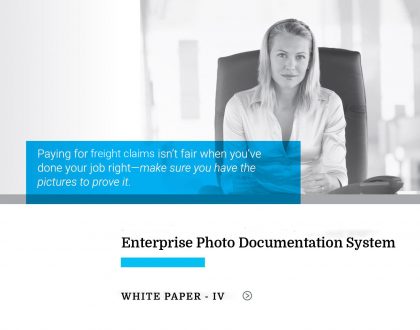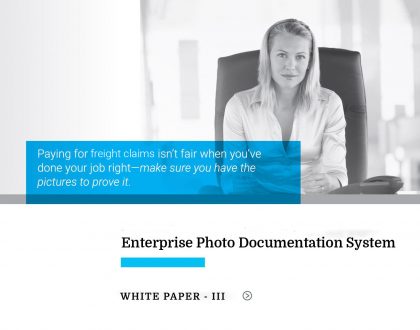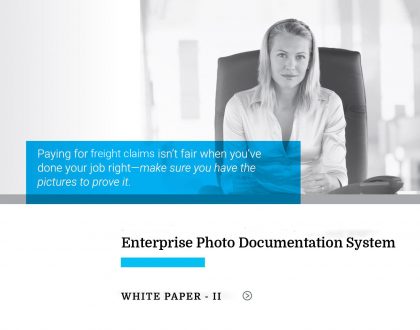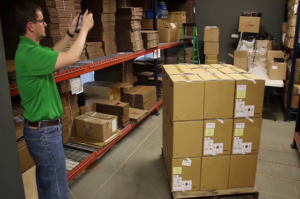Leverage Video to Engage & Teach New Technology

Every organization has a variety of systems aimed at streamlining processes and getting things done. Unfortunately, the plethora of technologies and software can confuse the average employee, especially if it’s a system skillset that only gets used sporadically. Video, however, can present key reminders and steps quickly to get workers the information they need to be productive.
My daughter and I often try cooking new recipes in our kitchen. We find that YouTube is the best place to start. We search for the kind of recipe we want, whether it’s Indian, fusion, vegetarian or spicy, and then take a few minutes to watch the steps. We can pause and rewind as we follow the steps or replay it as needed. It’s definitely easier, more accurate and more engaging than perusing a cookbook—and lets us get the best out of our chosen recipe.
Consider another example: reading a book. Getting through one volume can take anywhere from hours to days. Often, in the course of the book, we miss or forget key details. Perhaps, we end up spending time referring back to earlier parts of the manuscript. Imagine that the same story was made as a movie. Movies offer the option of multiple viewings and underlines key details. Recently, for example, I watched a film version of Cleopatra. It is a very well made movie, and now I will never forget the history, the impact of Cleopatra on Rome, and the murder of Julius Cesar (one of the most powerful emperors of Rome). This is the kind of movie that stamps information in the memory and keeps audiences tightly involved and glued to their seats.
Why can’t someone make Enterprise software (from warehouse supply chain management applications down to Microsoft Word or Excel) more like that? I would argue that software, and more generally technological advancements, really should be able to inspire similar interest and enthusiasm. Isn’t that why Steve Jobs introduced the graphic mouse-based user interface (UI)? I still remember a video in which Steve Jobs explained the concept of the computer interface by calling it a bicycle for the mind. In this video, Jobs explains how the computer is supposed to make everything faster for the human mind to absorb, and to provide a way to speed computing, logical deduction. and other tasks.
Imagine doing the same thing with other types of technology and enterprise software. It would make help information less boring and difficult to follow and would speed on-boarding time. If a picture is worth a 1,000 words, then maybe a quick video is worth 15,000 words—especially for the digital natives coming into the workforce. These younger folks are used to learning by seeing rather than reading.
In its current form, directions and other help information actually slows down learning so that in most organizations only a select few actually master any business system. Having these knowledge silos is potentially hazardous, because if that individual leaves, then they take the know-how with them. I know from my consulting days that, when presented with a help document, users often came back again after being unable to work through a solution themselves. Often, the sheer volume of information made them even more confused than they had been in the beginning.
Apple’s developers have already started down this path, since it is understood that user experience needs to be seamless, and how to use a device needs to be intuitive. By the same token, one cannot completely turn enterprise software upside down. Enterprise users are accustomed to certain ways of doing things—and that makes collaboration with business users that much more important. The user experience needs to be considered both in terms of user interface and change management. Therefore, it would be simpler to improve the teaching tools, rather than overhauling the current interface. Potentially, it would support longer-term adoption of systems since users would be better trained.
To date, the powerful tool of video has not been leveraged fully enough in the enterprise to reduce training time, get problems/questions answered faster, and enhance user experience with corporate systems. The challenge will be to make them as interesting as a Hollywood production to create engagement, while keeping them cost effective. Further, there may be a place to leverage virtual reality and gaming.
Let us know your thoughts on using video to make information much easier and more engaging. How can this be applied in supply chain? Share your thoughts in the comments section below.
Originally published at Smartgladiator.com on Feb 28, 2018.








